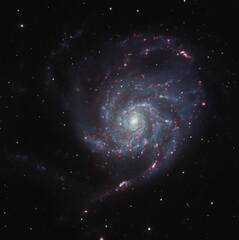-
Topics
-
Nocturn ·
Posted in Cases and Mods0 -
0
-
5
-
2
-
0
-
Elijah Horner ·
Posted in LTT Releases0 -
da na ·
Posted in General Discussion2 -
1
-
0
-
Russsell ·
Posted in Networking2
-
-
play_circle_filled

Latest From ShortCircuit:
The World's Fastest CPU (Technically...) - Intel i9-14900KS




.thumb.png.6409c157a295d4898e198ca62304f753.png)










Create an account or sign in to comment
You need to be a member in order to leave a comment
Create an account
Sign up for a new account in our community. It's easy!
Register a new accountSign in
Already have an account? Sign in here.
Sign In Now